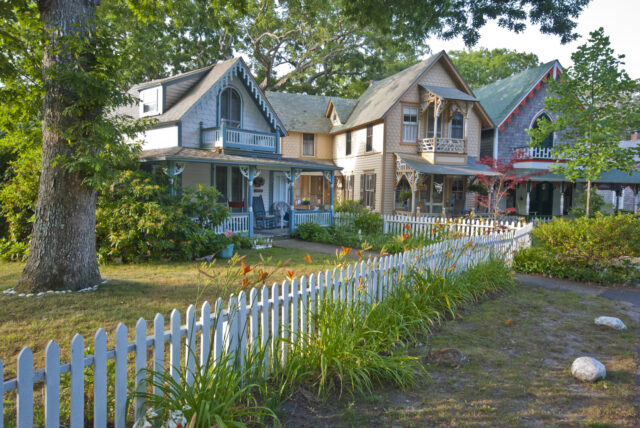Home prices fell in July compared with the previous month, according to the S&P CoreLogic Case-Shiller Index. This is the first national decline since 2012.
Before seasonal adjustment, the U.S. National Index fell 0.3 percent month-over-month decrease in July, while the 10-City and 20-City composites both posted decreases of -0.8 percent. After seasonal adjustment, the U.S. National Index fell -0.2 percent. The 10-City composite fell 0.5 percent and 20-City Composites fell 0.4 percent.
Despite the month-to-month decline, home prices in July were still higher than they were a year ago. Nationally prices 15.8 percent over July 2021, a significant cooling from the 18.1 percent year-over-year gain in the previous month. The 10-City composite is up 14.9 percent year over year, a slowdown from 17.4 percent in June. The 20-City composite rose 16.1 percent, a decrease from 18.7 percent in the previous month.
“Although U.S. housing prices remain substantially above their year-ago levels, July’s report reflects a forceful deceleration,” says Craig J. Lazzara, Managing Director at S&P DJI, in a statement. He said that the the 2.3 percent difference between the June and July monthly rates of gain is the largest deceleration in the history of the index.

The Federal Reserve’s fight against inflation has weighed on the housing market, one of the most responsive sectors of the economy to interest rate policy. Mortgage reates briefly climbed above six percent in June and spent most of July in the high five percent range. After briefly declining in August, rates are now moving toward seven percent. This hurts home affordability, especially with prices so much higher than they were a year or two ago. The national index rose 18.8 percent in 2021, the highest calendar year increase in 34 years of data, and then continued to rise at a rapid pace through May.
Since then, however, price appreciation has been decelerating on an year-over-year basis. July was the first month-to-month decline in the national and 20 city indexes since 2012. The 10-city index showed a brief and shallow month-to-month decline in May of 2020.
“As the Federal Reserve continues to move interest rates upward, mortgage financing has become more expensive, a process that continues to this day. Given the prospects for a more challenging macroeconomic environment, home prices may well continue to decelerate,” Lazzara said.

COMMENTS
Please let us know if you're having issues with commenting.